LEX News
24th Annual IESLA Wally Whitney Memorial Product Fair Gets New Location
The latest in LED showcased at the historic Barker Hanger in Santa Monica.
DOE Proposes Revision of Lamps Covered by Energy Standards (Updated)
Craig Dilouie explains a shift in DOE policy and shares feedback from industry insiders.
NEMA Issues New Installation Guidelines for Outdoor Luminaires
The white paper describes installation and grounding requirements for outdoor light fixtures.
